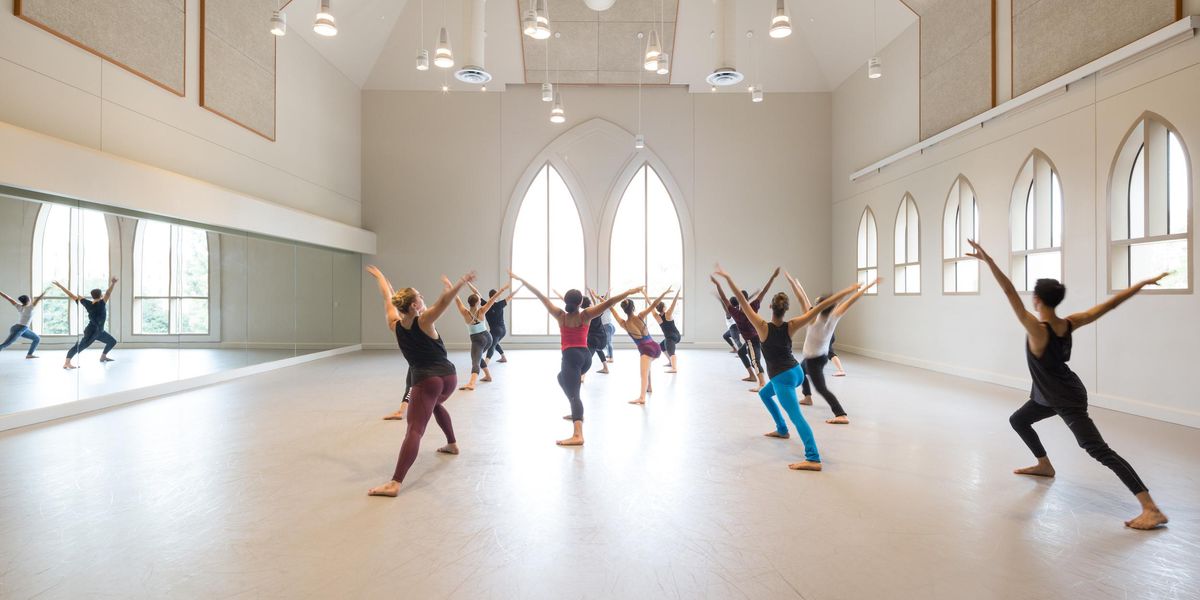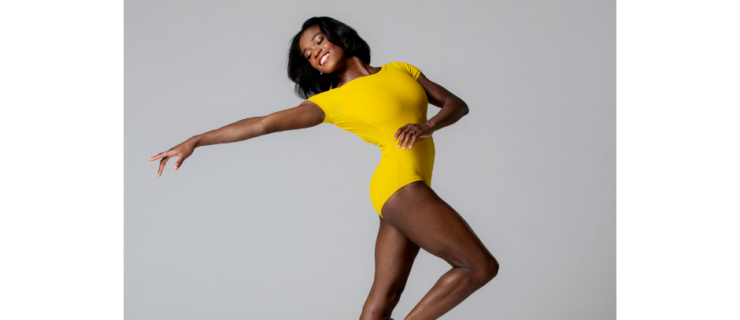Advice for Dancers
This year my career has taken off. I’ve got challenging roles back-to-back, plus great guesting gigs. But instead of feeling happy, I’m becoming cranky and irritable. I think, eat, and dream of ballet. What’s wrong? —Dancer on the Go, New York, NY
Welcome to success! I’m sure you wouldn’t trade it for the back row of the corps, yet the busier you are, the harder it is to stop bringing your work home. It’s more difficult to relax when you feel pressured at work, says Dr. Sabine Sonnentag in the Journal of Occupational Health Psychology (Vol. 10, Nov. 3, 2005). It takes a toll on your mood and energy. People with intense workloads need time to recover. Solutions can be as simple as finding some fun hobbies or hanging out with friends. The key is to feel refreshed. If your mind drifts off to work, focus on your accomplishments—it will boost your mood.
I’ve heard that certain foods can make you feel less achy after dance class. My friends are chopping up chili peppers to put in their salads, but I’m skeptical. —Susan, Portland, OR
The jury is still out. While some nutritionists believe that foods like flaxseed oil, chili peppers, and wild salmon act as anti-inflammatory agents, Dr. John Olichney, an internist who consults at the School of American Ballet, says “The truth of the matter is that it’s not researched very well.” The confusion may lie in inappropriately connecting cardiac research that tracks foods like fish oil that have a positive effect on inflammation in the heart to muscle soreness from dancing. Only time (and good research) will tell. Meanwhile, the standard strategies for alleviating dancers’ normal aches and pains continue to be useful. These include ice, acupuncture, massage, and gentle stretching after class, rehearsals, and performances.
Last week I slipped in class and sprained my ankle. My doctor says one ligament is partially torn and I have to stop dancing. He’s sending me to rehab after I rest for a bit. It’s the worst injury I’ve had, and I want to get well fast. Do you have any tips? I trust my physical therapist but I figure it doesn’t hurt to get more information. —Jennie, Indianapolis, IN
Please don’t rush the healing process. You need to completely rehabilitate your ankle or you may end up with another sprain. Unlike muscle strains, where the muscle heals back to its original length, a torn ligament may heal at a greater length than normal, creating joint instability. Exercises that strengthen the muscles around the ankle can help compensate. Work with your physical therapist to build that area up.
I often wonder how you can answer so many different kinds of questions. Isn’t it tough to talk about everything from nutrition to cross-training? I’m in awe of your knowledge. —Steven, Princeton, NJ
Thank you! Because dance medicine encompasses the whole person—not just technique or injuries—it involves a multidisciplinary approach. We deal with the whole package. That includes psychology, nutrition, orthopedics, physical therapy, and chiropractics, to name a few. While it has been a privilege to delve into dance’s inner workings, I never could have done it without speaking to the experts in the field. Today, we have more health care professionals who are devoted to making dancers’ lives healthy than ever before. We also know more about reducing sources of occupational stress, thanks to the annual meetings of the International Association for Dance Medicine & Science (www://iadms.org). My goal, with your help, is to make the dance community the best it can be. Dancers have minds as well as bodies. Never stop asking questions.
I’m a 37-year-old Broadway gypsy turned Pilates instructor. At first, I felt like I was flying on air. I like helping people get in shape and the studio seemed eager to have me. I saw it as a new beginning with a stable future. Now I’m in a funk, but I’m not sure why. Any ideas? —Bottomed-Out, Bronx, NY
First, it’s never easy to leave dance. Then there’s also a natural letdown after starting a new job. Employers often focus more on prospective applicants. Once you’re hired, it’s not uncommon to be ignored. Almost everyone does better when they have a realistic view of what to expect from a job. It also helps to be aware of your own personal “set point” for job satisfaction. Unless employers keep that honeymoon feeling going, it’s natural to feel let down for a bit. Focus on your job, but also widen your world by exploring other aspects of your personality. Do all the things you never had time to do as a dancer.
Former New York City Ballet dancer Linda Hamilton, Ph.D., is a lecturer, a psychologist in private practice, and the author of
Advice for Dancers (Jossey-Bass). She has been offering advice to Dance Magazine readers since 1992.




